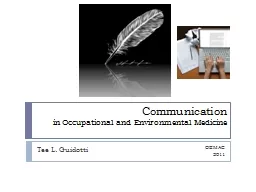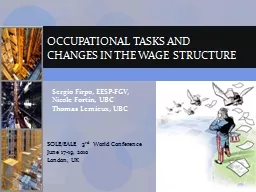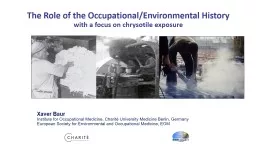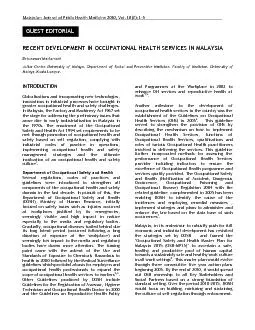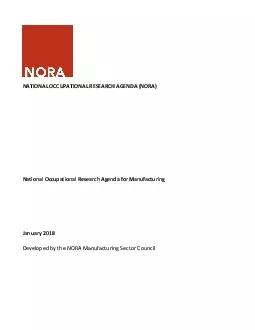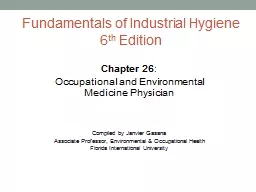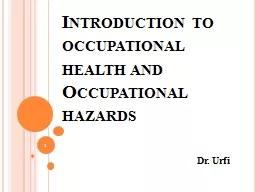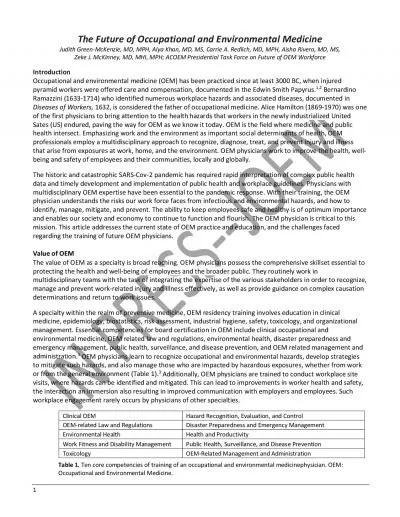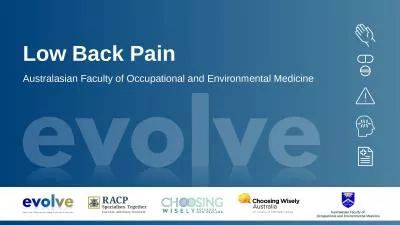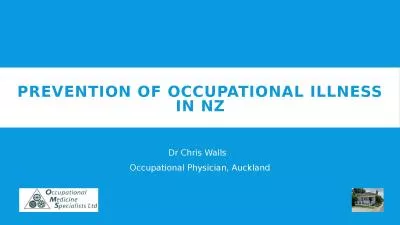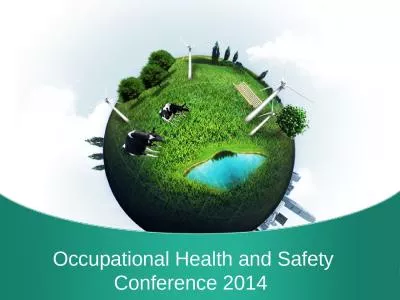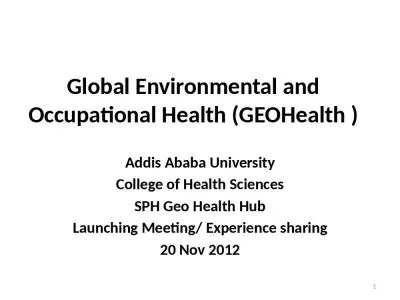PPT-Communication in Occupational and Environmental Medicine
Author : conchita-marotz | Published Date : 2018-11-01
Tee L Guidotti OEMAC 2011 Master Communicator of His Age Ramazzini set the bar high He was known in his own time as An excellent prose stylist writing in elegant
Presentation Embed Code
Download Presentation
Download Presentation The PPT/PDF document "Communication in Occupational and Envir..." is the property of its rightful owner. Permission is granted to download and print the materials on this website for personal, non-commercial use only, and to display it on your personal computer provided you do not modify the materials and that you retain all copyright notices contained in the materials. By downloading content from our website, you accept the terms of this agreement.
Communication in Occupational and Environmental Medicine: Transcript
Download Rules Of Document
"Communication in Occupational and Environmental Medicine"The content belongs to its owner. You may download and print it for personal use, without modification, and keep all copyright notices. By downloading, you agree to these terms.
Related Documents

